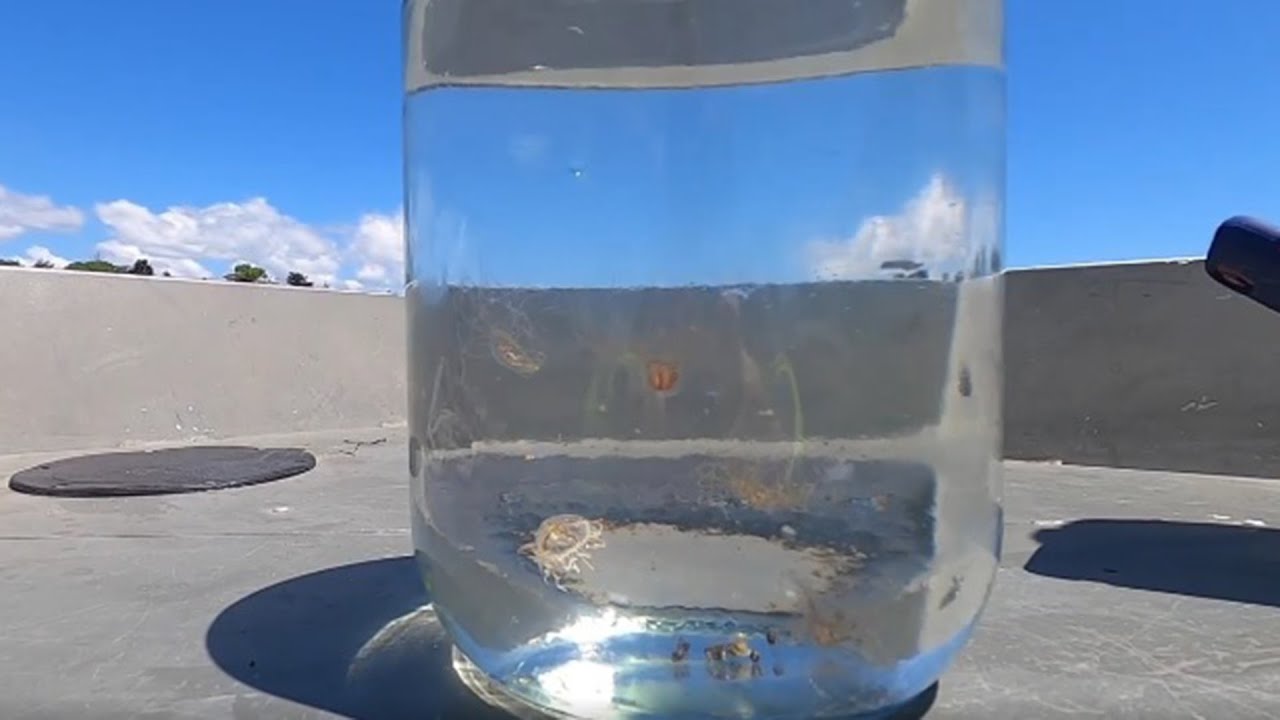Introduction: Jellyfish Presence in Rhode Island
Jellyfish, with their translucent bodies and mesmerizing movements, have captivated the imagination of people across the globe. But do these fascinating creatures exist in Rhode Island? This article aims to shed light on the presence of jellyfish in the waters surrounding this beautiful state.
Understanding Rhode Island’s Marine Environment
Rhode Island, known as the Ocean State, boasts a diverse and vibrant marine environment. Its coastline stretches for about 400 miles, providing a habitat for a wide range of marine species. The state is situated in the Northwest Atlantic, where the warm waters of the Gulf Stream meet the cooler waters from the north. These dynamic oceanic conditions create an ideal environment for various marine organisms, including jellyfish.
Common Jellyfish Species Found in the Area
Several jellyfish species can be found in the waters of Rhode Island. Among the most commonly encountered species is the moon jellyfish (Aurelia aurita). Recognizable by its translucent bell-shaped body and delicate tentacles, the moon jellyfish is relatively harmless to humans. Other species that may be encountered include the lion’s mane jellyfish (Cyanea capillata) and the sea nettle (Chrysaora quinquecirrha), both of which have stinging tentacles that can cause discomfort to swimmers.
Factors Influencing Jellyfish Distribution
The distribution of jellyfish in Rhode Island is influenced by various factors. Water temperature, salinity levels, nutrient availability, and ocean currents all play significant roles in determining where jellyfish are most likely to be found. Additionally, human activities such as pollution and climate change can impact the distribution and abundance of jellyfish populations.
Historical Sightings of Jellyfish in Rhode Island
Historical records reveal that jellyfish have been observed in the waters of Rhode Island for centuries. Early explorers and fishermen often encountered these gelatinous creatures, though their presence was not extensively documented. Reports from the late 19th and early 20th centuries mention occasional sightings of jellyfish, indicating their consistent presence in the region.
Current Research on Jellyfish Population in Rhode Island
Ongoing research is being conducted to better understand the population dynamics of jellyfish in Rhode Island. Scientists are studying factors such as jellyfish reproduction, seasonal variations, and long-term trends. This research aims to provide insights into the factors influencing jellyfish abundance and distribution, as well as their potential ecological impacts.
Impact of Jellyfish on Rhode Island’s Ecosystem
Jellyfish can have both positive and negative impacts on Rhode Island’s marine ecosystem. On one hand, they serve as a food source for various marine predators, including sea turtles and certain fish species. They also play a role in nutrient cycling by consuming plankton and small fish and releasing nutrients back into the water. However, during periods of jellyfish blooms, their high abundance can have detrimental effects on local fisheries, as well as the overall balance of the ecosystem.
Potential Threats Posed by Jellyfish in Rhode Island
While most jellyfish species found in Rhode Island are relatively harmless to humans, some can pose a threat. The sea nettle, for example, has stinging cells on its tentacles that can cause painful welts on exposed skin. Swimmers and beachgoers should be cautious when encountering jellyfish and take appropriate measures to minimize the risk of stings, such as wearing protective clothing or using appropriate repellents.
Measures to Monitor and Mitigate Jellyfish Presence
To better understand and manage jellyfish populations, Rhode Island employs various monitoring and mitigation measures. These include regular surveys and assessments of jellyfish abundance and distribution, as well as the development of early warning systems to alert beachgoers of jellyfish presence. Additionally, efforts are underway to reduce pollution and promote sustainable fishing practices, which can indirectly help mitigate jellyfish blooms.
Public Awareness and Safety Regarding Jellyfish
Promoting public awareness and safety regarding jellyfish is crucial in Rhode Island. Educational campaigns and signage at beaches and coastal areas inform visitors about jellyfish species, their behaviors, and how to minimize the risk of stings. It is essential for the public to understand that, while jellyfish are a natural part of the marine environment, they should be observed from a safe distance and treated with respect.
Importance of Studying Jellyfish in Rhode Island
Studying jellyfish in Rhode Island is of great importance for understanding the health and resilience of the state’s marine ecosystem. By monitoring jellyfish populations and their interactions with other species, scientists can gain insights into the overall ecological balance and potential impacts on commercial fisheries. This knowledge is crucial for developing effective management strategies that promote the coexistence of humans and jellyfish in Rhode Island’s waters.
Conclusion: Promoting Coexistence with Jellyfish in Rhode Island
Jellyfish are an intrinsic part of Rhode Island’s marine environment, and their presence has been documented throughout history. While some species can pose a threat to humans, jellyfish also play important ecological roles. By studying and monitoring jellyfish populations, raising public awareness, and implementing appropriate mitigation measures, Rhode Island can foster a harmonious coexistence between its residents and these captivating creatures of the sea. With careful management and respect for the marine ecosystem, Rhode Island can continue to be a haven for diverse marine life, including jellyfish.





